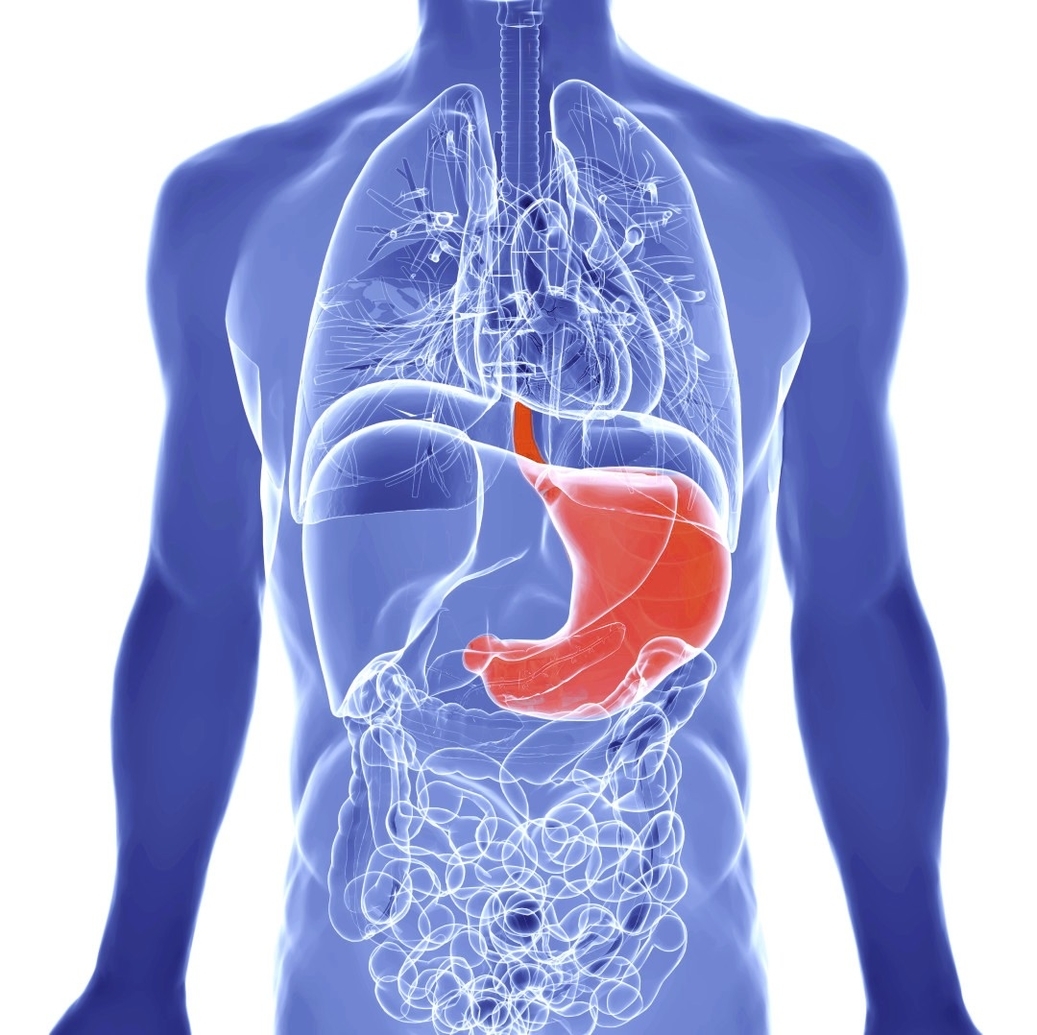The human abdomen is a complex structure housing several vital organs. Each organ plays a unique role in the body’s functioning, and they all work together to maintain overall health. Here, we’ll focus on the organs of the abdomen, with a special emphasis on the stomach.
1. Stomach
The stomach, located in the upper part of the abdomen, is a key player in the digestive process. It receives food from the esophagus and begins digestion through contractions and chemical enzymes. The stomach has three layers: the oblique layer, the middle circular layer, and the external longitudinal layer, which mechanically break down food. Acids such as hydrochloric acid further digest food into a liquid substance called chyme. A network of cells secretes stomach acids that help chemically digest food. The stomach also holds food until it moves further along the digestive tract.
2. Liver
The liver, the body’s largest organ, acts like a filtration system. It rids the body of toxins and produces bile, which aids in the digestion and absorption of fats and vitamins that dissolve in fat, such as A, D, E, and K. The liver also helps make some proteins that support blood clotting, filters toxins such as alcohol out of the blood, digests old red blood cells, stores glycogen, and stores some vitamins.
3. Gallbladder
The gallbladder is a small, pear-shaped organ next to the liver. It stores bile produced by the liver and releases it when needed for digestion. Bile is especially important for digesting fats, excreting cholesterol, and even possessing antimicrobial activity.
4. Pancreas
The pancreas is a gland that produces enzymes to help your body digest proteins, carbohydrates, and fats. It also makes hormones that help regulate the distribution of nutrients, including sugar.
5. Small Intestine
The small intestine occupies the majority of the space of the abdominal cavity. This 21-foot long tube is where the bulk of digestion occurs. The small intestine breaks down fats, starches, and proteins into fatty acids, which can then be absorbed.
6. Large Intestine
Despite its misleading name



